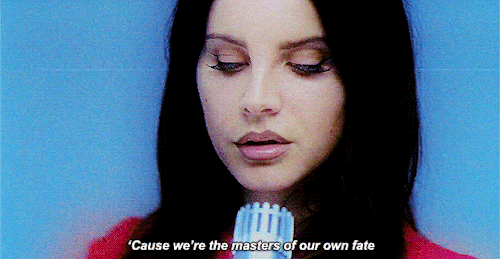Day 2
day 2
crimson voice and a minor stride a relationship built on "by your side" emotions as lenient as the tide just another influence on this ride
More Posts from Takodanakin and Others
They’re driving past my old school //

day 3
in a world of dead imperfect,
why would an individual choose to hurt and batter?
a being, trying to look like the television,
another trying to mend personal pains.
now, we must begin the uprising.
alas! a result is in the hearts of your opponents.


day 20
eyes glisten, the time reversed. troubled mind, pure heart. lonely soul, longing posture. something is missing, just one part.

He’s got his gun, he’s got his suit on //




Baby come home 2, The neighbourhood
No offense but Lorde started Pure Heroine with “Don’t you think that it’s boring how people talk?” and ended it with “Let em talk” and I think that’s beautiful
Beethoven - Symphony no. 9 in d minor
The symphony to end all symphonies. Or at least, that was the general view shortly after its premiere. The towering name of Beethoven and this immortal work made a lot of composers feel that it was the pinnacle of the form. At least in that way it inspired new models for expression. The 9th [and this particular 9th symphony is so famous, it goes by this nickname] is an accumulation of Beethoven’s symphonic writing, starting out with one tone, the work builds out from silence. The first movement is a constant flow of drama, full of strange dissonances. The second movement is a stormy scherzo with a typical lighter section to contrast it. The third movement is a smoother set of loose variations. The fourth movement, the one most talked about, is a bizarre “symphony-within-a-symphony”, and can be divided into it’s own “four movements”: a) Slow introduction with theme and variations, b) a “Turkish March” begining with the words “Froh, wie seine Sonnen fliegen”, c) a meditation starting with “Seid umschlungen, Millionen!”, and d) a fugato finale built out of themes from the first and second movements. With this structure in mind, it’s important to point out that, throughout Beethoven’s career, he changed the way how multi movement music was thought of. Instead of a short set of movements in related keys, these pieces had movements that were integral to each other, balancing each other out, necessary to the work. Here, he thematically unifies all the movements by tying them together with the last movement. And of course, what makes this piece famous, there is the chorus. After shocking and thunderous dissonances, we hear a voice, “Oh friends, not these tones!” a call for harmony and brother/sisterhood. A hymn to mankind, an ode to joy. The famous Ode to Joy melody had been with Beethoven for a long time. The earliest sketch of the shape of the melody was found written around the same time as his third symphony was being written. And the earliest version of this melody was used in his Choral Fantasy. It was a successful premiere, despite how underrehearsed the orchestra was. If Beethoven saw himself as Prometheus, liberating mankind with a new musical language, this symphony is a testament of his achievement.
Movements:
1. Allegro ma non troppo
2. Scherzo: Molto vivace
3. Adagio molto e cantabile
4. Reactive…
-
 dogtheeboy liked this · 8 years ago
dogtheeboy liked this · 8 years ago -
 shmeykhl-blog liked this · 8 years ago
shmeykhl-blog liked this · 8 years ago -
 takodanakin reblogged this · 8 years ago
takodanakin reblogged this · 8 years ago
